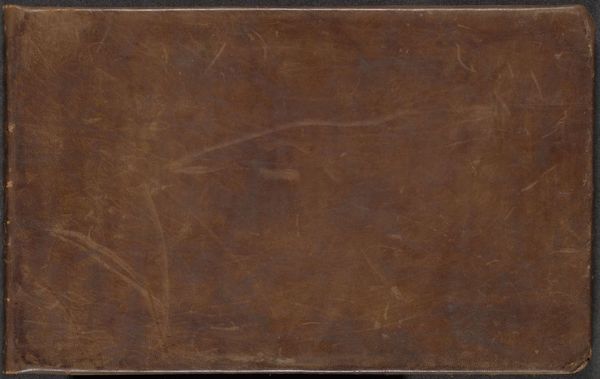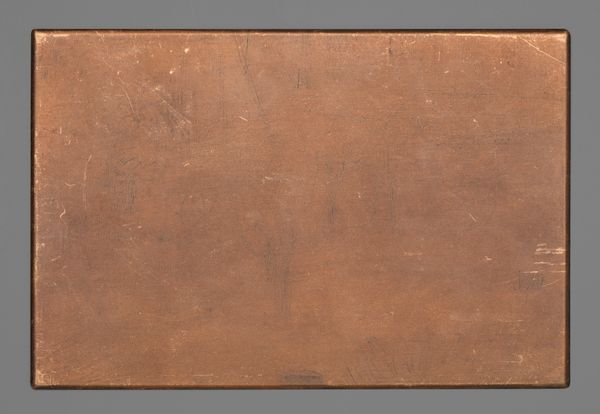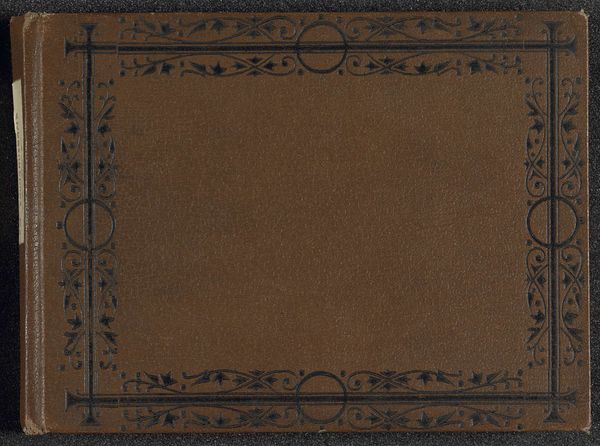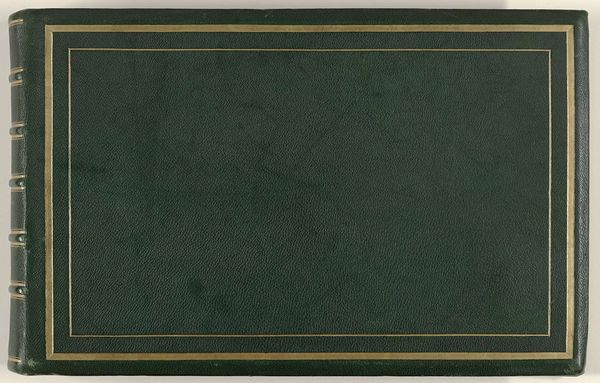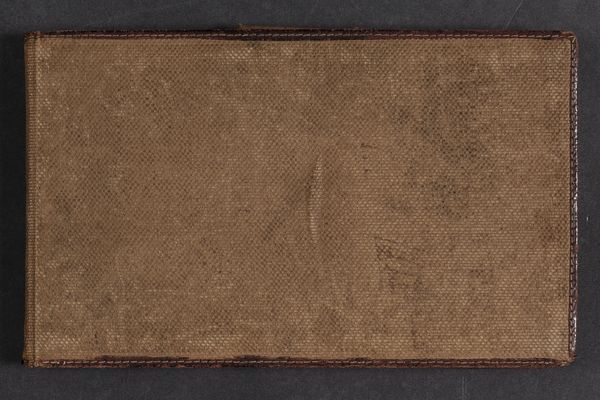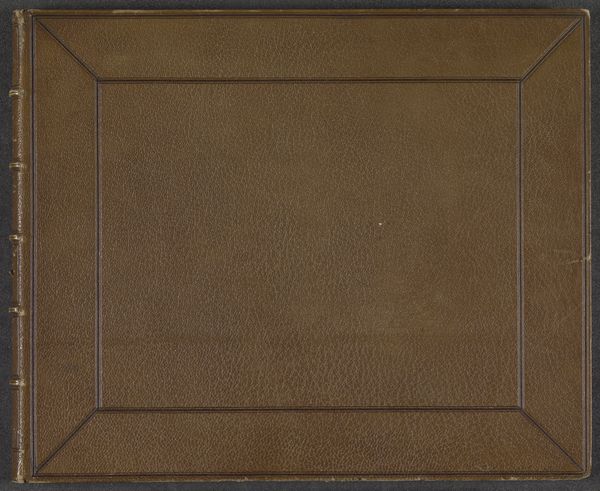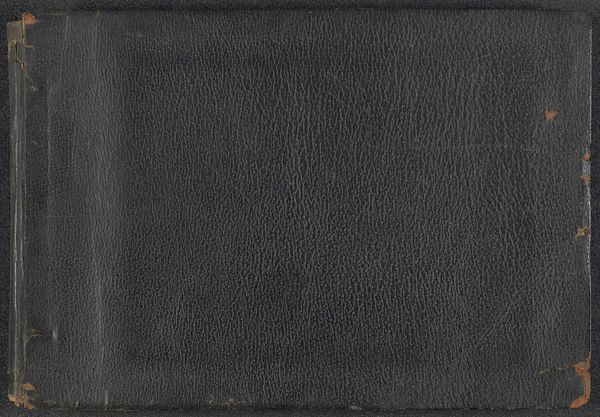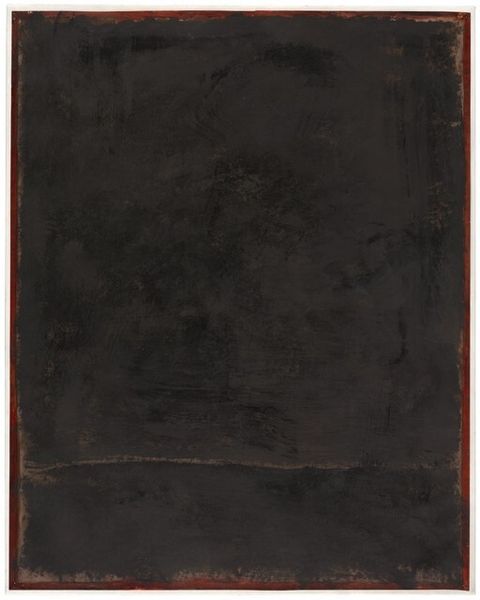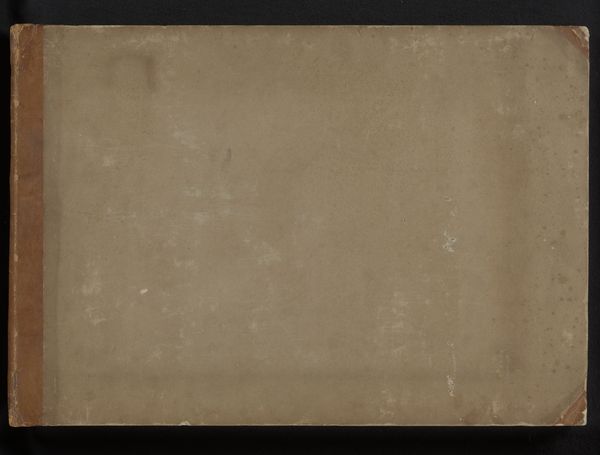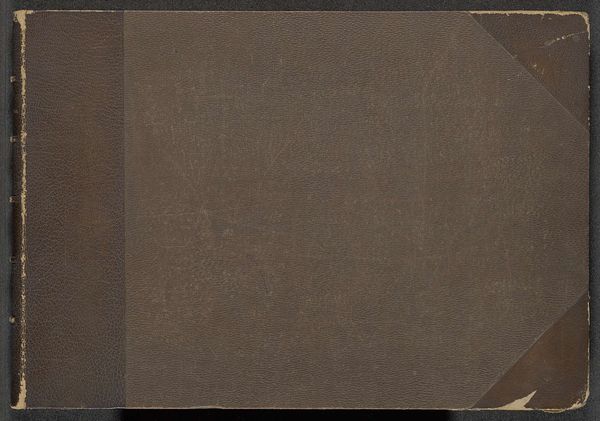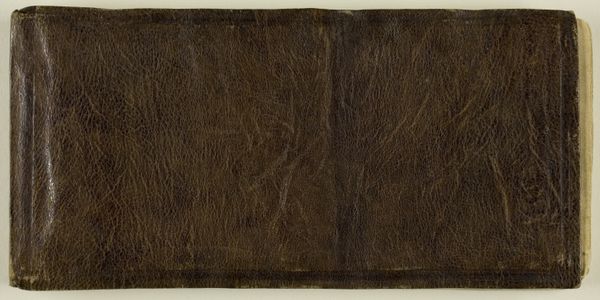
photography
#
still-life-photography
#
photography
Dimensions: height 157 mm, width 169 mm, length 216 mm
Copyright: Rijks Museum: Open Domain
Curator: This object is called "Kijker voor autochrome-dia's," a viewer for autochrome slides, dating roughly from 1907 to 1930. It's currently held here at the Rijksmuseum. Editor: My first impression is just…aged. You can practically smell the leather. It whispers stories, doesn't it? The wear, that simple gold border. Curator: Absolutely, the wear is significant. This "viewer" embodies both a technology and craft— the rise of autochrome photography and a certain binding aesthetic of its time. I imagine someone painstakingly assembling these slides, a very hands-on approach. Editor: A lovely counterpoint to our digital age where image consumption is so…effortless, almost sterile. There's something so tangible about this, about needing this handcrafted apparatus to really experience those images. Do you think it affects how we valued images then versus now? Curator: Certainly. It forces us to consider photography, not just as instantaneous record, but as object, something made. These viewers aren't merely containers; they participate in how images were experienced. Think about the tanning process for the leather, the tools used for the border – knowledge held within a material object. Editor: Almost devotional, right? This little temple for personal vision. Makes me think of that private space created for treasured things, memories given physical form. Were these common items, would a middle class household have owned something like this? Curator: These viewers might have been relatively common amongst the well-to-do who practiced autochrome photography as a hobby. A status symbol in its own way. Though the craft involved points us beyond luxury towards a broader set of social activities centered on picture making. Editor: So fascinating to imagine the domestic labour implied. Now when I look at digital image I remember where my images live. Seeing the art in it gives me a real jolt. Curator: Yes, in understanding those processes and valuing labour that created something we feel as connected with materials which shape memory and how those can shape our experience.
Comments
No comments
Be the first to comment and join the conversation on the ultimate creative platform.

